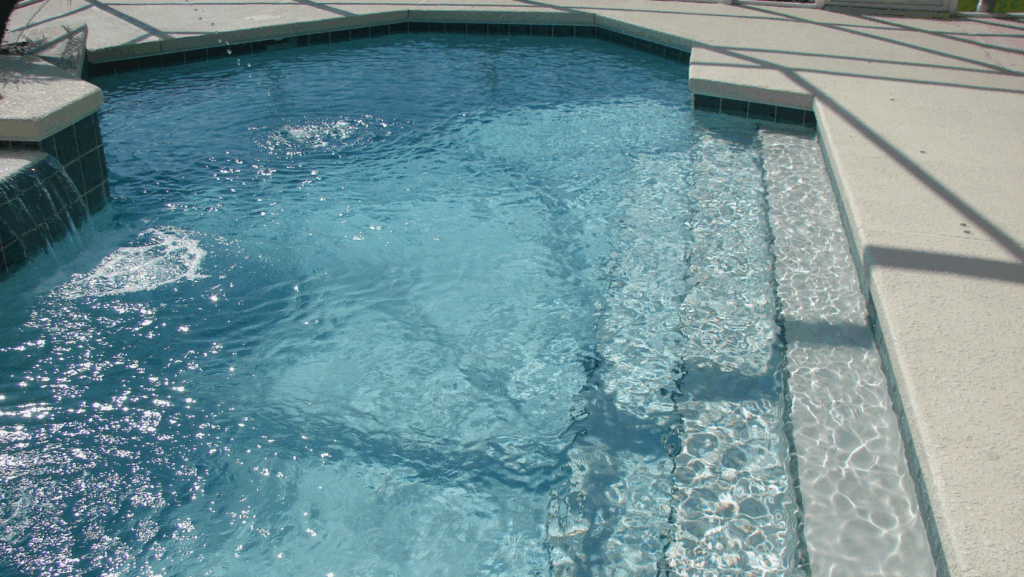
When it comes to water purification, chemical agents are helpful. The agents help in eradicating the microbes by disinfection. However, the substances must also be inexpensive and must not harm humans as far as usage is concerned.
- Understanding the chlorine injection
The chlorine injection used for water purification treatment is a crucial method and ensures quality and safety for several applications where water is necessary.
It is a process by which chlorine is added, usually in the form of liquid or gas, to the water systems. The main objective is to disinfect and purify water, rendering it safe for industrial usage and consumption. Often used in industrial applications, treatment plants, or swimming pools, it is a proven effective way of getting rid of microorganisms that cause harm.
- What makes chlorine a good choice?
The oxidising properties of chlorine help in killing viruses, bacteria, and other pathogens that are in water. The chlorine injection that is added to water is allowed to mix uniformly. The time of contact and concentration will determine how effective the disinfectant is.
- Factors that impact the chlorine injection dose.
During the process, the amount of chlorine that is injected depends on several factors. These include the pH of water, turbidity levels, and temperature. Service providers, such as those at HQ Water Solutions, calculate the parameters above and determine the dose to maximize the process’s benefits.
Aside from the above factors, the flow of water impacts the efficiency with which chlorine is dispersed. The process calls for accurate calibration of the injection so that optimum results are obtained.
Just as chlorine is effective in eliminating the microbes, it does have certain drawbacks as well. Since chlorine forms chlorinated byproducts, it might be a cause of concern, posing a health risk and a challenge.
The experts understand these very aspects and comply with the health regulations of the local authorities to make the process less hazardous for ordinary people. This necessitates the careful control and monitoring of the substances that are added when it is injected into water.
- How does the chlorine level stay safe?
The safe level of chlorine during the water purification process is maintained by regular testing of samples to check whether the chlorine level continues to be safe. Also, as mentioned above, since chlorine can form byproducts, THMs or the trihalomethanes, the water is checked for the presence of these.
Conclusion
Remember, the service providers do not offer an umbrella solution for all water purification needs. The process is selected depending on the need. Your premises, regardless of whether it is commercial or residential, might need higher levels or lower levels of chlorine.
However, more and more technologies have emerged over the years. Employing advanced monitoring systems and methods, such as UV treatment and ozonation technologies, is also in use. These methods have provided effective and comprehensive solutions to enhance water quality through safe and affordable water treatment solutions, including chlorine injection. Thus, it is crucial to have a detailed discussion with the experts regarding your requirement so that they can come up with a personalised solution.













